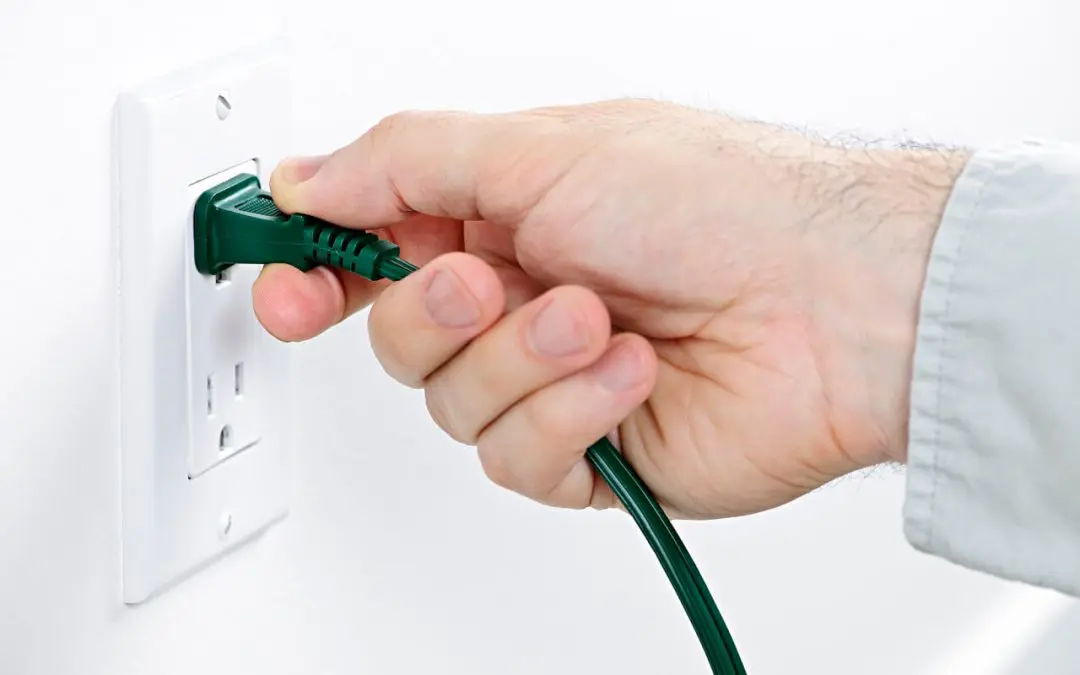Your home’s electrical system powers everything in your house. When it’s working correctly, we barely give it a second thought. But when problems arise, they could pose serious hazards, making electrical safety a top priority for every homeowner. Taking proactive steps and knowing the warning signs are key to protecting your family and your property. This guide will help you understand the essentials of electrical safety and how to maintain a hazard-free home environment.
Electrical Safety: Understanding Your Electrical System
At its core, your home’s electrical system is designed to deliver power safely through circuits and wiring. However, like any system, it will age, sustain damage, or become overloaded by modern power demands. Knowing the basics helps you spot potential issues early. Your circuit breaker panel is the heart of your home’s electrical system. When a circuit overloads, the corresponding breaker “trips” and cuts the power, preventing wires from overheating and potentially starting a fire. Knowing where your panel is and how to reset a tripped breaker is a fundamental aspect of homeowner electrical safety. However, if a breaker trips repeatedly, it’s a strong indication of a deeper problem that requires professional attention.
Recognizing the Warning Signs of Electrical Problems
Your home often provides subtle clues when an electrical issue arises. Ignoring these signs is one of the most common mistakes homeowners make. Red flags include a burning smell, warm outlets, flickering or dimming lights, and buzzing sounds. If you notice any of these signs, contact a licensed electrician. Do not attempt to diagnose or fix the problem yourself, as working with live electricity is extremely dangerous.
Electrical Safety Practices for Appliances and Cord Use
While the fixed wiring in your walls is the backbone of your system, many electrical safety issues stem from how we use everyday devices and cords. Using power strips and surge protectors is a good practice, but be mindful that they have limits. Plugging too many high-power-draw appliances into a single circuit could quickly overwhelm it and cause a trip or a fire. Inspect your appliance cords regularly. Frayed, cracked, or damaged cords should be immediately replaced or repaired by a professional. Never run electrical cords under rugs or carpet. This could damage the cord’s insulation and trap heat, making it hard to see damage and creating a hidden fire hazard. When unplugging an appliance, always pull the plug itself, not the cord, to prevent damaging the internal wires and connections.
The Importance of Ground-Fault Circuit Interrupters (GFCIs)
Ground-Fault Circuit Interrupters, or GFCIs, are among the most important electrical safety devices in a modern home. They are designed to protect people from severe or fatal electric shock. A GFCI constantly monitors the flow of electricity along the circuit. If it detects even a tiny imbalance, such as electricity diverting through a person who has come into contact with water and an electrical source, it shuts off the power instantly. GFCIs are required in areas where water is present. If your older home doesn’t have GFCI outlets in these critical areas, you should have them installed immediately. Make sure to test your GFCI outlets regularly by using the “Test” button.
When to Call a Professional Electrician
Any work that involves opening up walls, changing out fixtures on a regular circuit, installing new wiring, or upgrading your electrical panel must be performed by a licensed electrician. A professional will guarantee the work is up to code and is done safely. Maintaining a strong commitment to electrical safety is an investment in your home and your family’s well-being.
Prudent Home Inspections offers inspection services in the Washington DC metro area. Contact us to schedule an appointment.
